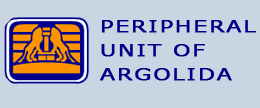The Parliament Building
| The Parliament building, which is located in the south-west sector of Syntagma Square, holds a special place in Greek history, as it was here that the parliament of the rebellious Greeks met.
It dates from 1730, the time of the second Turkish occupation of the city, and was originally built as a mosque. It was built in ashlar masonary and consists of a square chamber with a large dome. It is a characteristic mosque of the late Ottoman architectural period, with its heavy proportions and bulky dome. To the west there was once a domed portico, but this fell down during an earthquake at the beginning of the 20th century. |
||
 |
||
|
According to local tradition, this mosque was built by a rich Turkish Aga in order to redeem his soul from a heinous crime that he had committed: the Aga had killed two young Venetians who had come to Nauplion to find the treasure that their father had hidden when the city was occupied by the Venetians. The Aga found the treasure following the map that was in the possession of the two men, but he killed them in order to keep the loot for himself. Later, filled with remorse for his hideous crime, it is said that he used the gold he had stolen to build the large mosque in the square, which became known as the mosque of Aga-Pasha. |
||
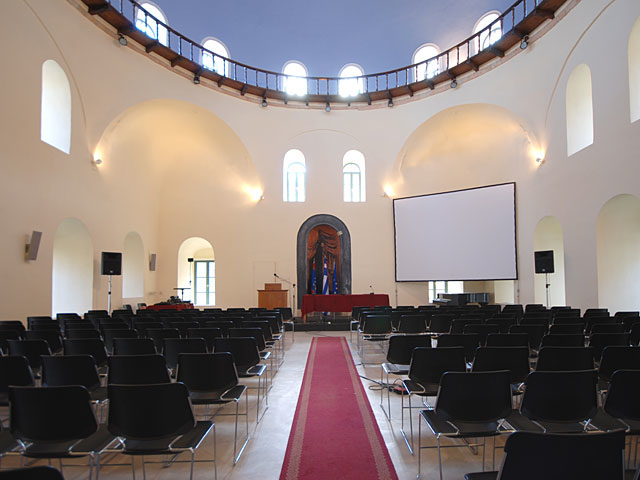 |
||
| After the liberation of the city from the Turkish yoke the mosque was used to house the Greek Parliament, from the autumn of 1825 to the spring of 1826, after suitable remodelling by the architect Vallianos. This was its most important use, and the name of 'Vouleftiko' or 'Parliament' has remained in use to the present day.
As with many of the most important buildings in the city, with the passing of time it has been used for a variety of purposes. |
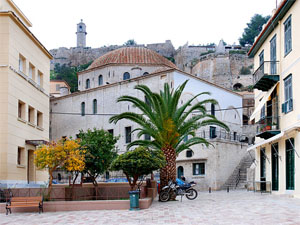 |
|
|
In 1831 it housed the Greek School for a short time, while the ground floor was used as a prison. During the time of Kapodistrias and Otto, from 1828 to 1834, it was here that public dances were held. In 1834, during the regency period, the trial of the chiefs of the Greek revolution, Theodoros Kolokotronis and Dimitrios Plapoutas, was held here. |
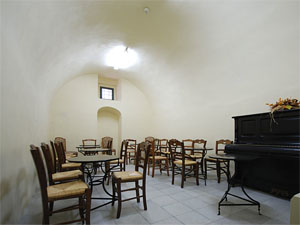 |
|
| Today the Parliament has been restored in an exemplary fashion by the Greek Ministry of Culture and is used as a conference centre, which, apart from conferences, plays host to many other cultural events.
The Municipal Gallery of Nauplion was recently moved to the ground floor, bringing with it an interesting collection of the works of Greek artists. The works are mostly donations from the Nauplian Rotary Club, and the Nauplian local, Nikolaos Karagiannis. |
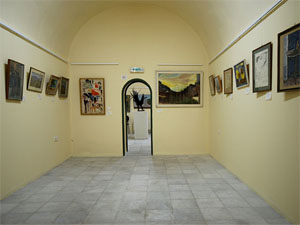 |
|
|
The exact location of the Parliament Building can be found in Section Map. |
||
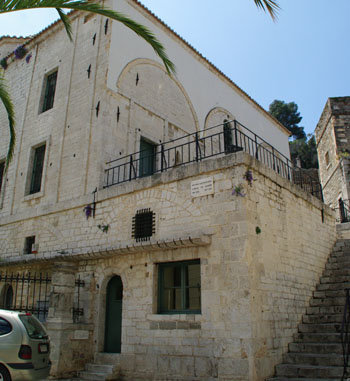 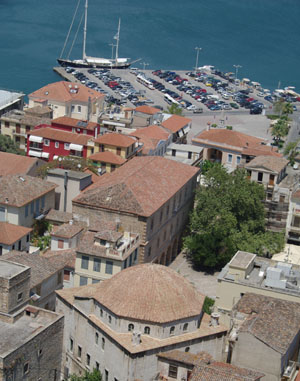 |
||


